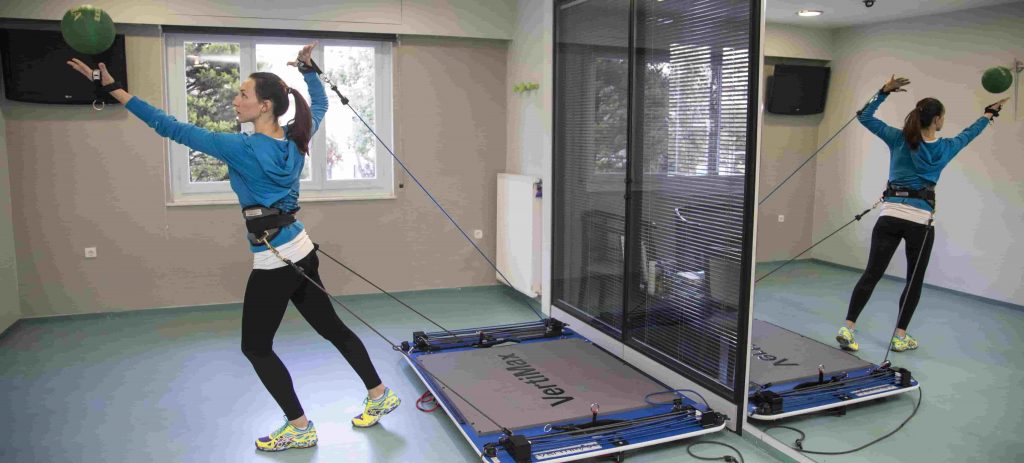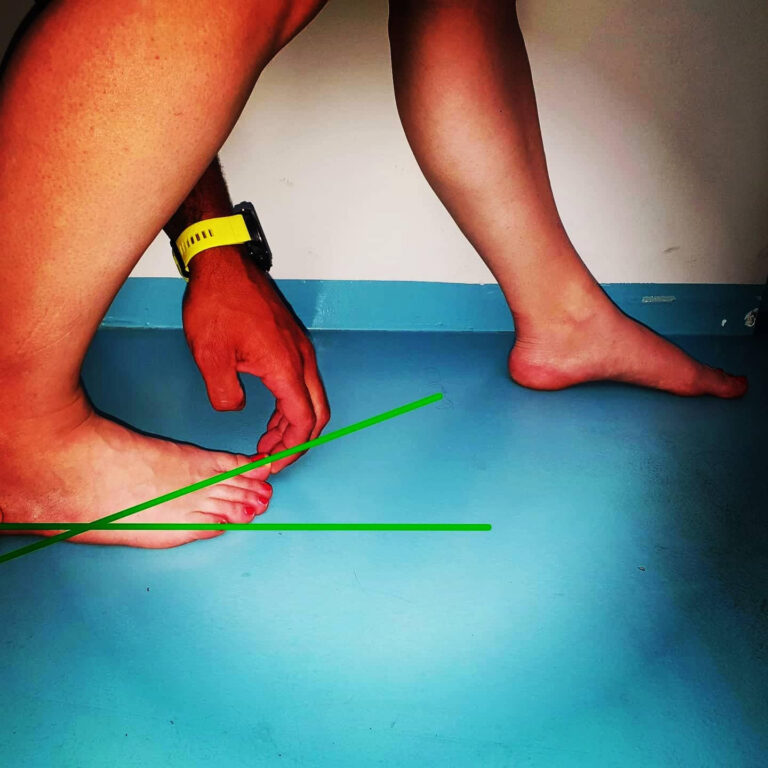- Gravity-human body-endurance, a complicated equation
- Is there symmetry in the human movement?
- Is there symmetry in the human movement?
Do you ever wonder why one side of your body feels different to your other side after a demanding day at the office or after training? Some of the most common descriptions during a clinical testing at Physiolysis Centre are the following: tautness, stiff, knotted and tense.
Taking into consideration the fact that from the minute you get off bed you are resisting gravity, it is safe to say that our joints receive exponential powers over them all day. In addition, it is difficult to calculate accurately how exactly the body reacts to those powers. Furthermore, one of those reactions may be the energy you consume against gravity (i.e. standing up). If you add up all kinds of activity, such as running, wrestling and artistic gymnastics, it is safe to say that it is a hard task to calculate all sorts of powers and pressures that bear down our body.

Consequently, assuming that each individual is either right-handed or left-handed and that the previous group shows increased flexibility on their right side and the latter on their left, although too simplistic, the conclusion,regarding rehabilitation, is that there is nobody who could perform a natural movement in absolute symmetry.
Indeed, thereisnoperfecthumanbeing. Orthopaedic injuries we come across are mainly the consequence of asymmetries on the human body that influence muscles and joints. Our goal at Physiolysis Centre is to observe and understand which therapeutic exercises work head on to the specific pathology-asymmetry for each patient.




